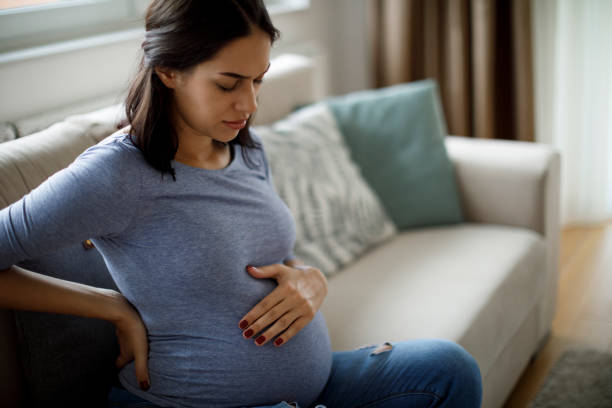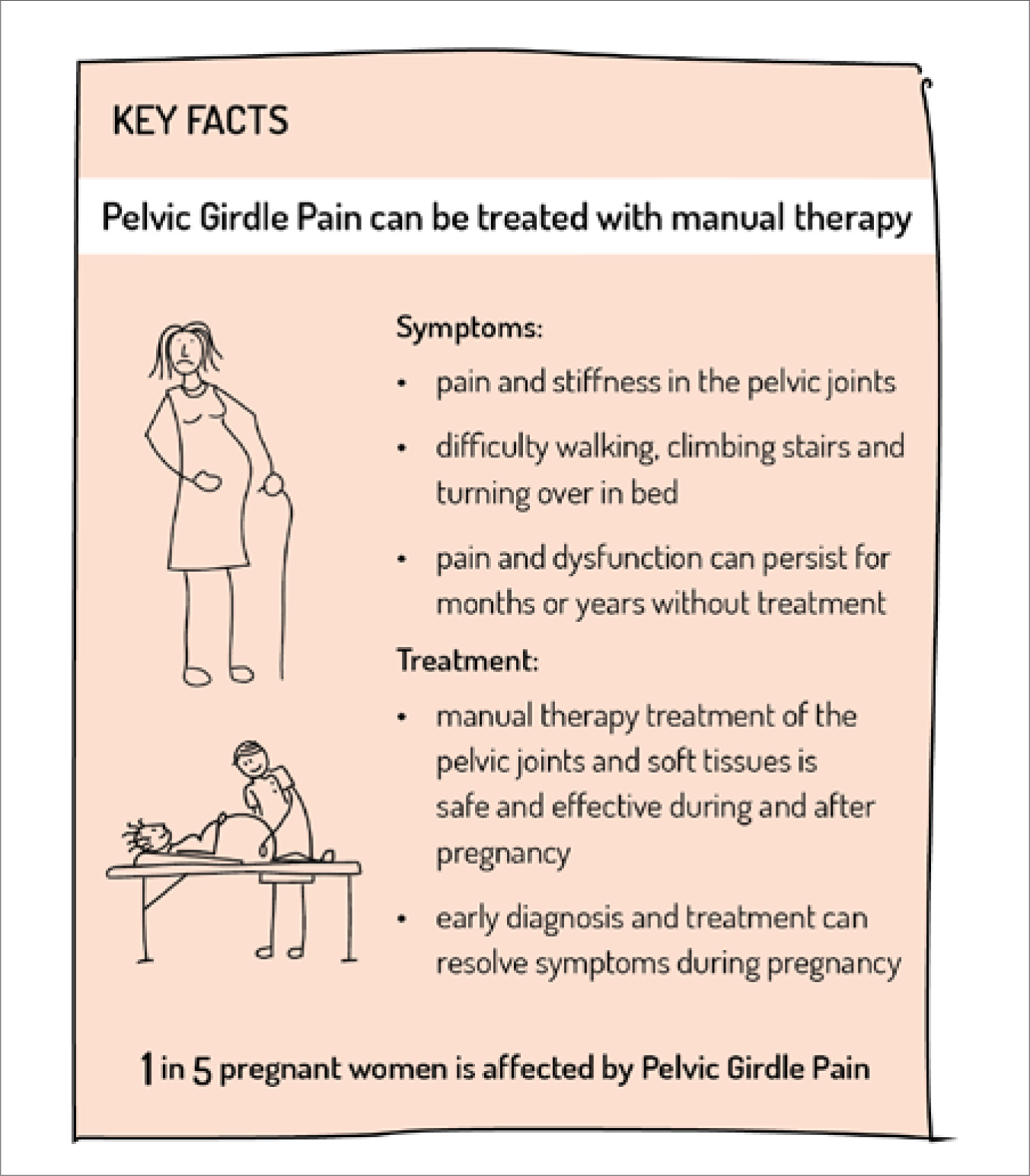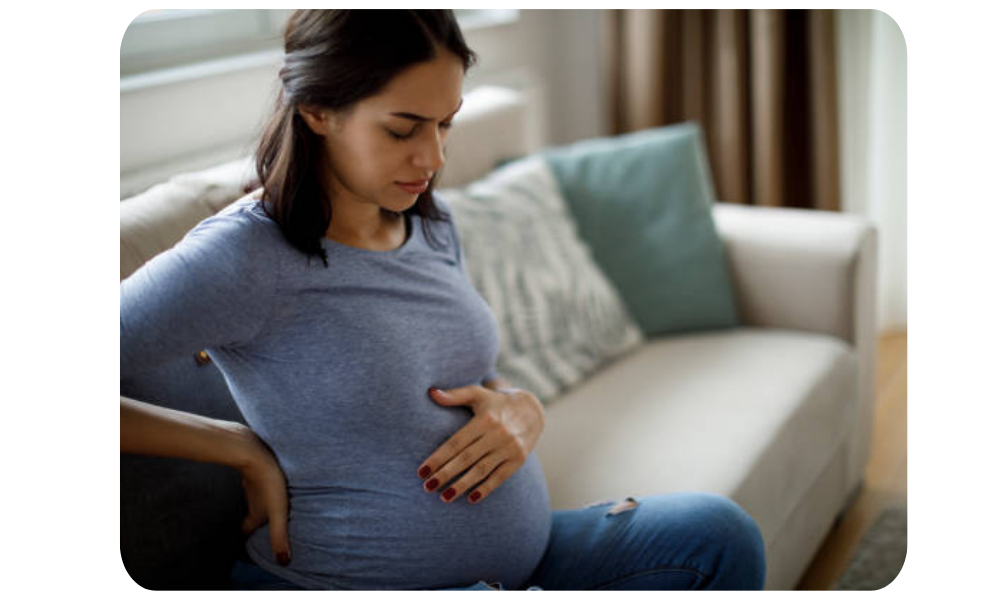Understanding Perinatal Posture, Pelvic Girdle Pain, and Diastasis Recti Abdominis
Pregnancy is often accompanied by a plethora of myths and misconceptions, particularly around posture, pain, and exercise. Let’s debunk some common beliefs and shed light on the realities of pregnancy and postpartum health.

Myth 1: Posture Problems and Pelvic Girdle Pain Are Inevitable
One prevalent myth is that posture problems and pelvic girdle pain (PGP) are unavoidable during pregnancy. While postural changes do occur, they do not necessarily lead to pain or discomfort.
Postural Changes:
- Anterior Pelvic Tilt: As the pregnancy progresses, many women experience an anterior pelvic tilt. This change is associated with the lengthening of the gluteus maximus and pelvic floor muscles (PFM), and the shortening of external rotators. However, this does not mean that pain is inevitable.
- Lumbar Lordosis: Contrary to popular belief, decreased lumbar lordosis (curvature of the lower back) is also common. This results in the shortening of abdominal muscles and glutes, while the paraspinal muscles (PVMs) lengthen.
Tracking these changes from the first to the third trimester shows that not all women experience symptoms or pain due to these adjustments. Each body adapts differently, and these adaptations do not automatically result in discomfort.
FACT CHECK:
Perinatal pelvic girdle pain is not just a physical issue; it’s influenced by psychological, biological, and social factors as well. Essentially, it stems from the pelvic region struggling to cope with physical stress or load.When you add in these biopsychosocial factors, it becomes clear that treating pelvic girdle pain requires a holistic approach that considers all these aspects.
Myth 2: Exercise Is Unsafe During Pregnancy
Another common misconception is that physical activity during pregnancy is harmful. In fact, exercise can be highly beneficial and is encouraged.
Benefits of Exercise:
- Pelvic Girdle Pain: Recent studies indicate that exercise can alleviate pelvic girdle pain. Movement is crucial; immobilizing due to fear of pain can actually worsen symptoms.
- Manual Therapy: Safe manual therapy, including techniques like Grade V high-velocity, low-amplitude (HVLA) adjustments, can be part of an effective treatment plan. However, manual therapy should be complemented with neuromuscular training and should not be the sole intervention.
(1 Clinton J Women’s Health Phys Therapy 2017, 2. Simonds J Women’s Health Phys Therapy 2022)

Myth 3: The Pelvis Will Fall Apart
There’s a fear that the pelvis may become unstable or “fall apart” during pregnancy, especially with the onset of joint sensitivity. This is not true.
Joint Sensitivity and Stability:
- While some joint sensitivity is normal, the structural integrity of the pelvis remains intact. Movement and manual therapy can help manage any discomfort without risking pelvic stability.
Exercise Benefits
- Exercise is beneficial! According to a study by Davenport et al. (2019), exercise during pregnancy is associated with numerous health benefits.
- Regular physical activity can reduce the risk of excessive weight gain, gestational diabetes, preeclampsia, and depressive symptoms.
- Exercise can also improve physical fitness, reduce the severity of low back pain, and may even decrease the likelihood of delivery complications. The study emphasizes that pregnant women who engage in regular, moderate-intensity exercise tend to have better overall health outcomes compared to those who remain sedentary.
FACT CHECK: the pelvis is stable. Ladies, our pelvis was designed for this!
Myth 4: Perinatal Pelvic Girdle Pain is SOLELY Psychological
While psychosocial factors are indeed associated with perinatal pelvic girdle pain (PGP), it’s essential to acknowledge a broader perspective. Work dissatisfaction and high levels of fear-avoidance can serve as predictors of persistent pelvic floor pain.
A false narrative has emerged suggesting that pelvic floor pain is exclusively psychosocial or solely related to neurophysiological and biomechanical factors (due to emotional distress, catastrophizing or sleep disturbances). However, there is little evidence to prove such.
Fact Check: Perinatal PGP is Multifactorial
A comprehensive understanding reveals that perinatal PGP stems from a combination of factors. During your assessment with a physical therapist, tests will be conducted to help identify PGP triggers. This process, as outlined in Gutke’s study and Burani’s research, aids in pinpointing activities that provoke pain.
Corticosteroid injections effectively reduce pain much more than saline injections which underscores the multifactorial nature of PGP, indicating that it involves more than just psychological factors. There are tangible physiological aspects at play, including issues within the tissues and the sacroiliac joint.




